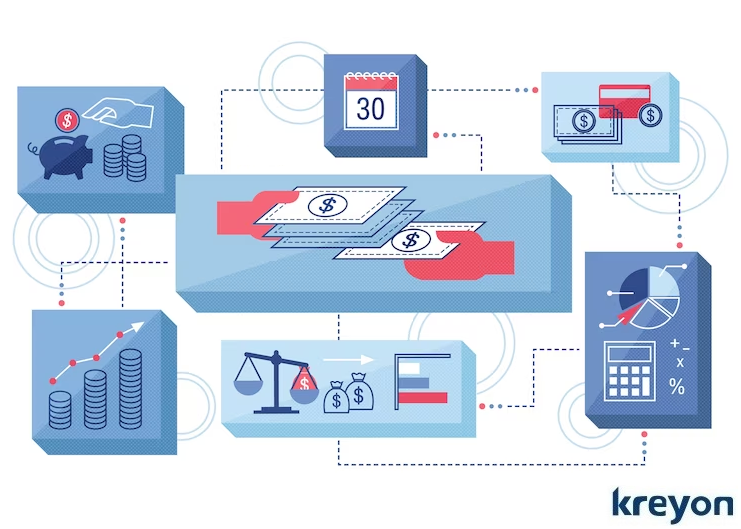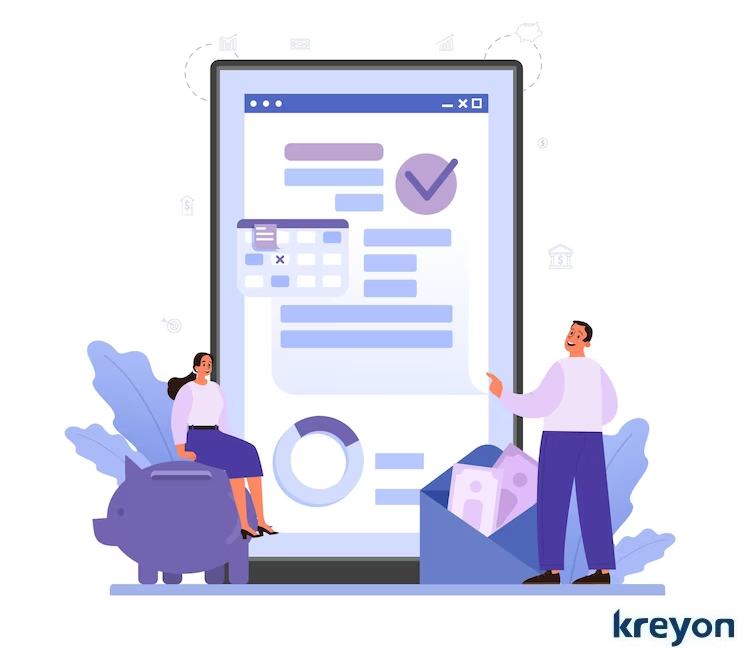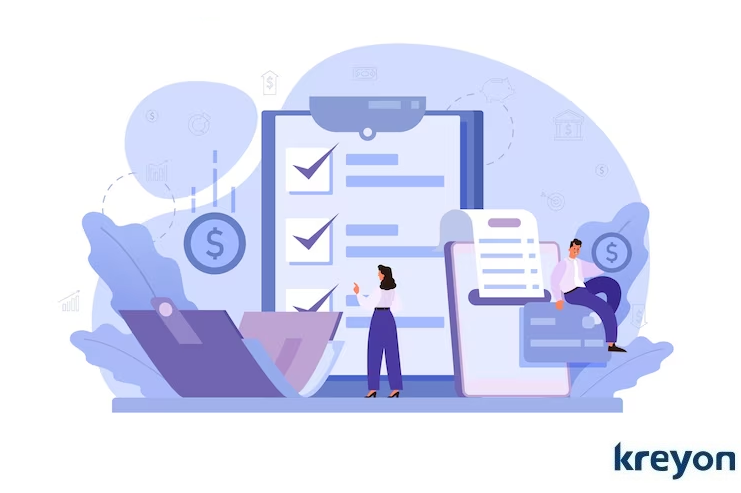How Predictive Analytics in Bookkeeping & Accounting is Unleashing Value for Companies

Predictive analytics in bookkeeping and accounting can be used to analyze financial data and make predictions about future events. As businesses continue to evolve in the digital era, the need for accurate and timely financial data has become more crucial than ever.
Bookkeeping and accounting are vital components of any company’s financial management. The use of predictive analytics is becoming increasingly popular for managing accounts of a company.
Predictive analytics involves the use of data, statistical algorithms, and machine learning techniques to identify the likelihood of future outcomes based on historical data.
In the realm of bookkeeping and accounting, predictive analytics can help businesses optimize their financial processes, increase efficiency, and improve decision-making. In this article, we will explore how predictive analytics is unleashing value for businesses in bookkeeping and accounting, and why it is a game-changer in the financial world.
Predictive Analytics in Bookkeeping and Accounting
Bookkeeping and accounting are essential for any business, regardless of its size or industry. These functions are responsible for recording financial transactions, ensuring compliance with tax laws, and providing accurate financial statements.
Bookkeeping involves the recording of daily transactions, such as sales and purchases, while accounting involves the interpretation and analysis of financial data to provide insights into a company’s financial health.
Without proper bookkeeping and accounting, businesses cannot make informed decisions or measure their progress towards achieving their financial goals. By using analytics and AI, companies can not only automate their bookkeeping efforts, but also predict cashflows, invoice payment delays, expenses, profitability etc.
How Predictive Analytics is Transforming Business Value Creation

Predictive analytics is transforming the way businesses make decisions by providing insights into future outcomes based on historical data. By analyzing trends and patterns in financial data, predictive analytics can help businesses identify potential risks and opportunities, optimize their financial processes, and make data-driven decisions.
Predictive analytics is becoming increasingly popular in bookkeeping and accounting because it can help businesses improve their accuracy, reduce their workload, and increase their efficiency. Here is a list of ways your business can benefit from it.
Forecasting Cash Flow: Predictive analytics can be used to forecast cash flow by analyzing historical data, payments received and identifying patterns and trends. This can help businesses make more accurate financial forecasts and plan for future expenses and investments.
Identifying Potential Fraud: Predictive analytics can be used to identify potential fraudulent activity by analyzing transaction data, user logs and identifying anomalies or patterns that are outside the norm.
This can help businesses detect & prevent fraudulent activity before it becomes a problem. For e.g. unusually large sum paid to vendors that shows aberrations from historical data.
Invoice Payment Times: Predictive analytics can be used to analyze historical data to predict invoice payment times. This can help businesses better manage their cash flow and plan for upcoming expenses.
Cost-Saving Opportunities: Predictive analytics can be used to analyze expenses and identify cost-saving opportunities by optimising inventory, resources and vendor contracts. This can help businesses optimize their spending and reduce unnecessary expenses.
Forecasting Sales Revenue: Accounting automation can be used to analyze historical sales data to forecast future sales revenue, enabling businesses to make more accurate sales forecasts and better plan for future growth.
Predicting Tax Liability: Accounting software can be used to analyze financial data and forecast tax liability. This can help businesses plan for upcoming tax payments and avoid penalties for late or incorrect filings.
Optimizing Pricing Strategy: Predictive analytics can be used to analyze customer behavior and buying patterns to optimize pricing strategy, proactively helping businesses to maximize profits and stay competitive.
Benefits of using Predictive Analytics in Bookkeeping and Accounting
The benefits of using predictive analytics in bookkeeping and accounting are numerous. Predictive analytics can help businesses identify potential fraud or errors in their financial statements, which can save them time and money in the long run.
It can also help businesses identify trends in their financial data, such as changes in revenue or expenses, which can help them make informed decisions about their future financial plans.
Additionally, predictive analytics can help businesses optimize their financial processes by automating routine tasks, such as data entry, reconciliation & preparation of financial reports.
Implementation of Predictive Analytics in Bookkeeping and Accounting

Predictive analytics is already being used in bookkeeping and accounting by many businesses. For example, accounting firms like PwC uses predictive analytics to analyze financial data and identify potential risks and opportunities for their clients.
Kreyon Systems uses online accounting software automation using machine learning algorithms to automate routine bookkeeping tasks and provide insights into a company’s financial health.
Implementing predictive analytics in bookkeeping and accounting requires a few key steps. First, businesses must identify their financial goals and determine what data they need to collect to achieve those goals.
Next, they must select a predictive analytics tool that meets their needs and integrate it into their existing financial systems. Finally, they must train their staff on how to use the tool and interpret the insights it provides.
As more businesses adopt this technology, predictive analytics tools will become more sophisticated and easier to use. Additionally, the use of artificial intelligence and machine learning will further enhance the capabilities of predictive analytics tools, making them even more valuable for businesses.
Challenges and limitations of Predictive Analytics in Bookkeeping and Accounting

Despite its many benefits, there are some challenges and limitations to using predictive analytics in bookkeeping and accounting. One challenge is the need for high-quality data. Predictive analytics tools rely on accurate and complete data to provide accurate insights, so businesses must ensure that their data is of the highest quality.
Another challenge is the cost of implementing predictive analytics tools, which can be prohibitive for some businesses, especially when goals & key outcomes are not well defined.
Conclusion
Predictive analytics is a game-changer for businesses in bookkeeping and accounting. By providing insights into future outcomes based on historical data, predictive analytics can help businesses optimize their financial processes, increase efficiency, and improve decision-making.
While there are challenges and limitations to using predictive analytics, the potential benefits make it a worthwhile investment for businesses of all sizes and industries. As the use of predictive analytics continues to grow, it will undoubtedly transform the way businesses create value and make decisions.
Kreyon Systems specializes in developing SaaS products for accounting & bookkeeping. We provide end to end solutions for Finance, Accounts & Controller Services for government and private enterprises. If you need assistance, please get in touch with us.
